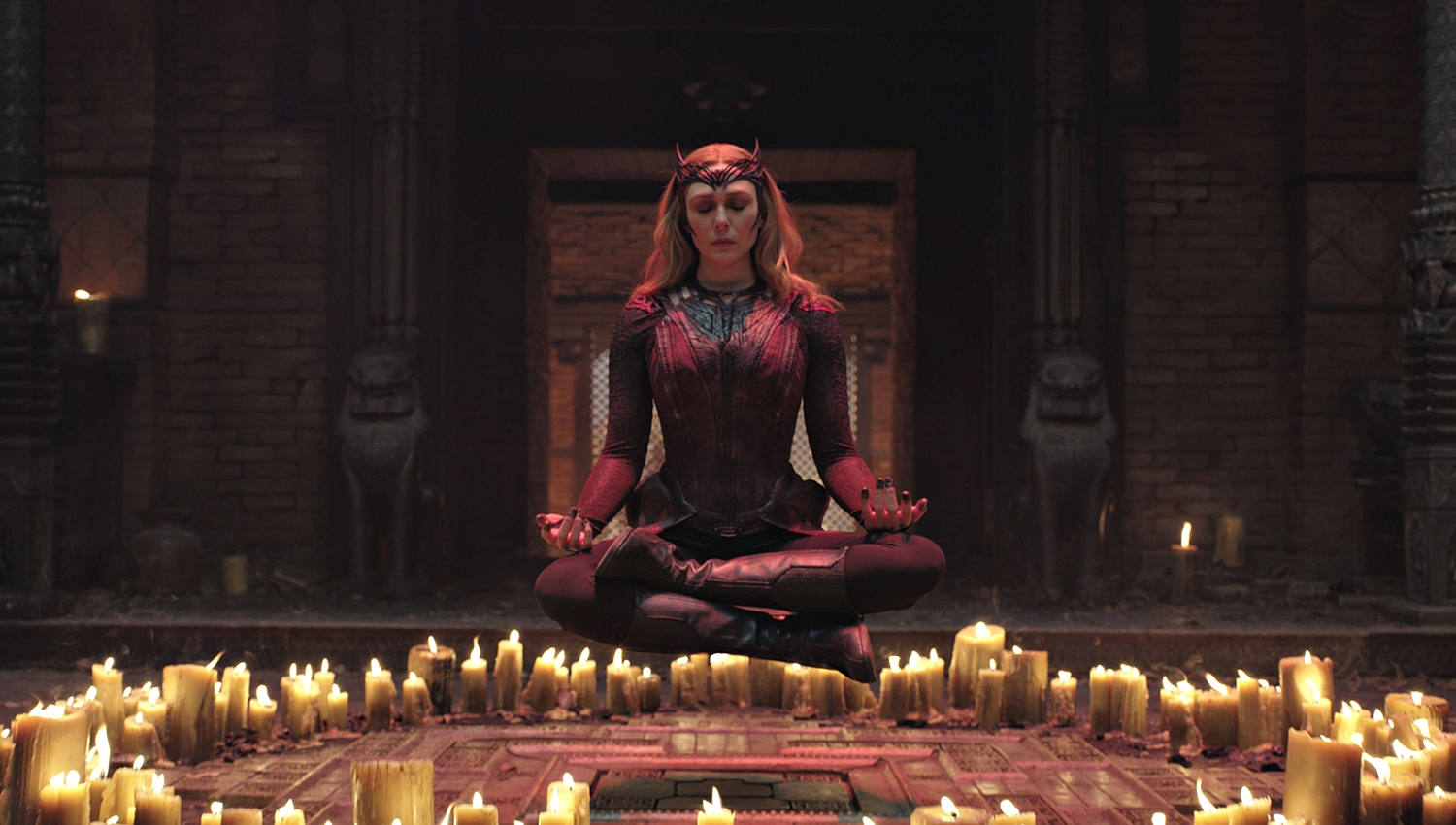
Doctor Strange In The Multiverse of Madness
Dustin Chase
The casual superhero movie viewer might not remember the events of the original “Doctor Strange,” and not everyone will have seen the limited series “Wanda Vision,” and that’s ok. Versatile director Sam Raimi brings his specific set of skills to this sequel that takes the viewer on a gothic horror movie journey.
The production design and costumes are the most striking elements about “Doctor Strange in the Multiverse of Madness,” and the overall look of the film is quite elevated. Cinephiles of Raimi’s work will quickly notice how he alludes to his previous films, and not just the Bruce Campbell cameo. From “Evil Dead” to “Drag Me to Hell” and even some elements from “The Gift,” familiarity with the director’s work is an added layer of enjoyment.
Mistakes: even superheroes make them. Dr. Stephen Strange (Benedict Cumberbatch) has made his fair share, as has Wanda Maximoff (Elizabeth Olsen). Both are dealing with the repercussions of their actions in the aftermath of Thanos, Spider-Man’s adventures and their destructive attempt at normalcy. Messing with concepts you don’t understand is a quick way to cross into villainous territory, and in his dreams, Strange is having visions that he doesn’t understand. “Dreams are the windows into the multiverse of our-selves,” America Chavez (Xochitl Gomez) explains. The young teen is a multiverse globe-trotter of sorts and needs Earth’s version of Doctor Strange to help, as his other selves have failed. Whatever’s hunting America wants her power so it can exist in an alternate reality and jump back and forth when needed.
Of the 33 Marvel films so far, this one has the best villain without equal. The writing behind why this character is the villain, the reasoning behind their turn to darkness and the visual expression of their powers finally shows progression in Marvel’s villain arsenal. Michael Waldron’s script and Raimi’s direction are both subversive to what we have come to expect from Marvel films. Both exhibit keen knowledge of cinema to draw from for inspiration. Christopher Nolan’s “Inception” is one of the many used to help clue us into the villain’s reasoning. Not only is “In the Multiverse of Madness” layered, complicated, chaotic and at many times messy, there’s no sensible way that today’s audiences would/could understand all of this, if other films hadn’t slowly inched us toward this level of abstract plot ideas.Raimi splitting a subgenre into more subgenres is fitting for the kaleidoscope of storytelling he is trying to pull off here. It’s a messier film than “Spider-Man: Into the Spider-Verse,” lacking that script’s emotional punch. However, it isn’t without surprise cameos and treats for the studied Marvel fan.
It’s ironic that a non-Marvel film, “Everything Everywhere All At Once,” is the new standard for multiverse films. Some of the concepts “In the Multiverse of Madness” attempts seem old news compared to the Michelle Yeoh film still making waves at the box office.
Olsen’s performance is the standout among the group. Wanda Maximoff is in Selena Kyle category, straddling the fence of morality. Olsen’s work feels Michelle Pfeiffer in “Batman Returns”-inspired, complete with the lip quiver. There is enough action, comedy and dramatic moments to satisfy comic book fans and perhaps enough flash to entertain those usually less interested in these films.
Final Thought
Sam Raimi’s cycling through his filmography within the film combined with Elizabeth Olsen’s performance keeps this sequel evolving despite its messy chaos.
